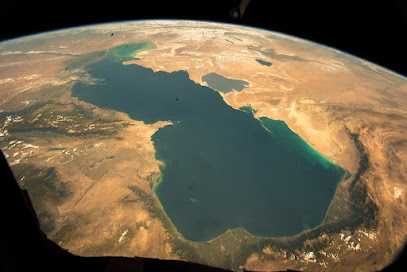The Anadromous Sturgeon Fish
The fish that produces the Russian black caviar (sometimes gray, brown, or amber) is sturgeon, a fish species that was trapped in the Caspian Sea three million years ago. That happened because the huge lake was completely separated from its connection with the Black Sea, the Mediterranean, and the Atlantic. In Europe, Asia and North America there are approximately twenty-seven species of sturgeon that can actually produce the roe called caviar.
Worldwide known chefs and food lovers, for more than two centuries, have declared that the best caviar is considered to be the one that comes from the Caspian Sea, and the best Caspian caviar is the one that comes from the giant beluga sturgeon, followed by the sevruga and ossetra.
The Caspian sturgeon are a rather unique species of fish. They are anadromous fish that depend on the waters of the Volga and Caspian. Moreover, the sturgeon prefer to feed from the seabed, they are considered to be bottom feeders. Their flat stomachs hug the bottom as their hard noses stir the sediments. Their peculiar triangular back that is covered with bony plates instead of scales, protects them from their predators.
After spending the first six to twenty years of their lives in the salty Caspian sea, the sturgeon make their way up the sea’s many feeder rivers in order to breed, where a single female could produce up to two million eggs. The river Volga was once the breeding ground for over seventy percent of Caspian sturgeon, which ranged a thousand miles upstream.
The process of selecting sturgeon females is extremely difficult and demanding and it takes precise knowledge and high expertise to get it through.



Comments
Post a Comment